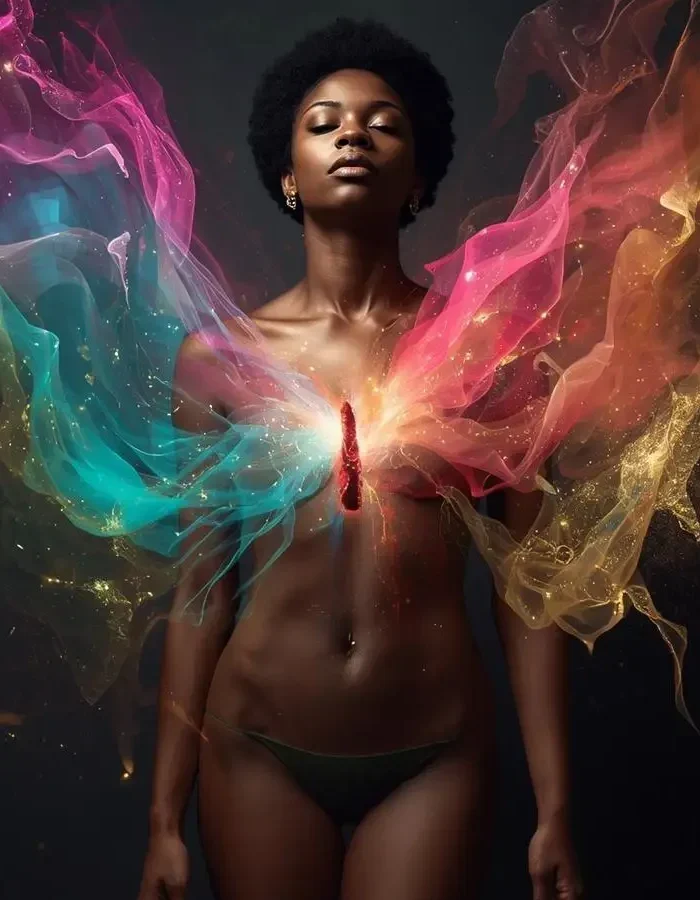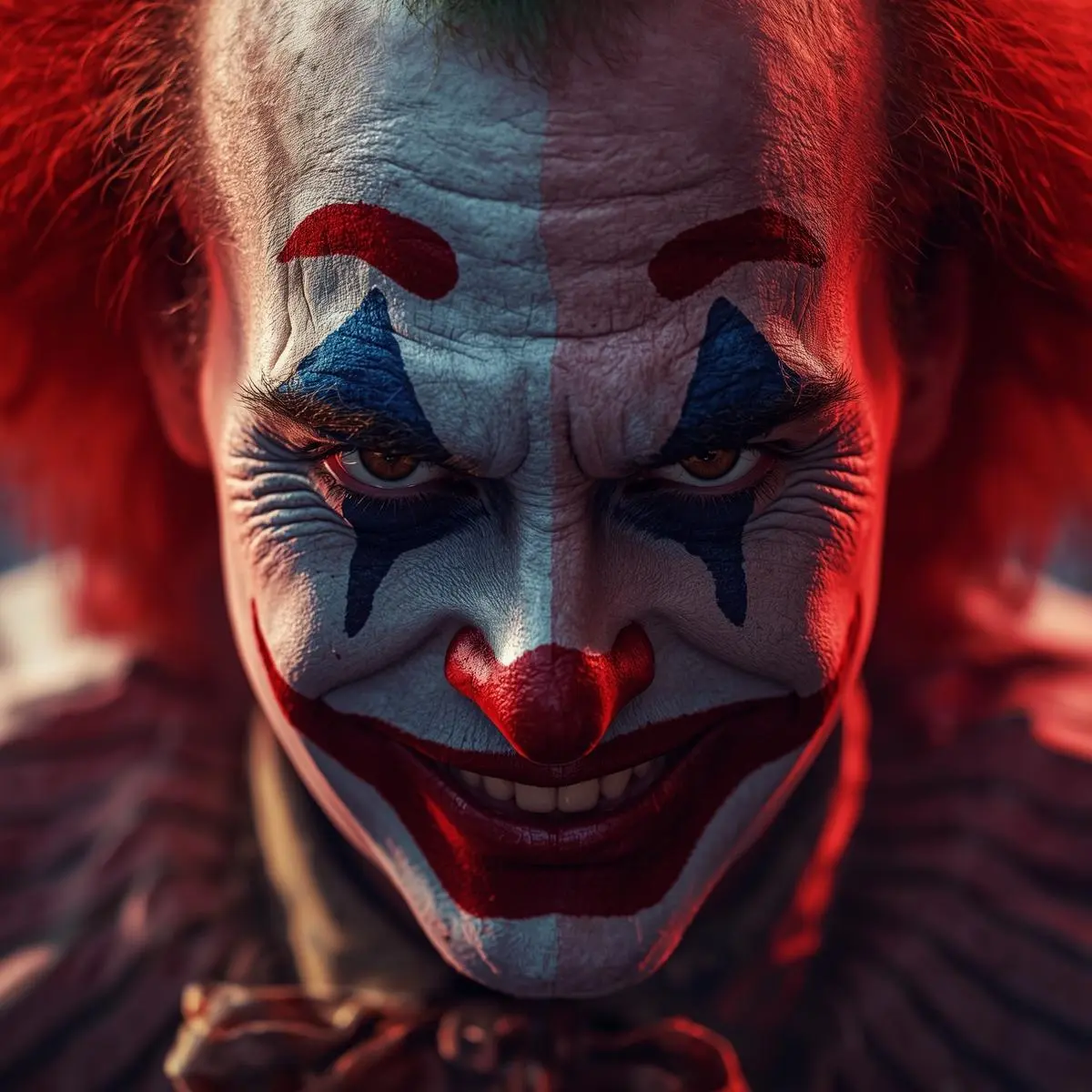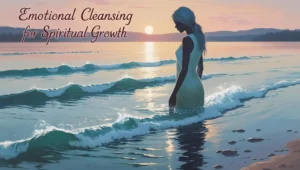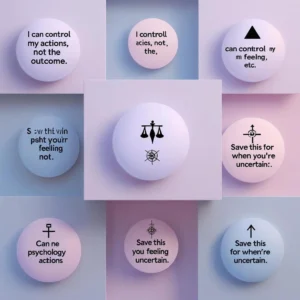Blog
Human
Wellbeing
emotional healing, Emotional Intelligence, emotional resilience, Healing Journey, inner transformation, Mental Health, mind and emotion, personal development, post traumatic growth, psychology of pain, PsycSci, rebirth through pain, Resilience, self awareness, self compassion, self growth, trauma psychology, trauma recovery, women empowerment
Dona T
0 Comments
Some Wounds Never Heal, They Transform Us Instead
Some wounds never heal truly. They don’t bleed anymore, but they never stop aching. They live quietly beneath the surface, woven into the way we think, love, and fear. These are not the cuts that time closes with a neat scar — they are the kind that reshape who we are.
Time doesn’t always fix things. Sometimes it just teaches us how to carry the pain without falling apart. We learn to laugh again, to work, to show up for others, but deep down, something remains unsettled. The past doesn’t disappear; it rearranges itself into our present — into the way we guard our hearts, the way we avoid certain people, or the way our body stiffens when someone raises their voice.
When the wound is betrayal, the mind becomes suspicious. When it is abandonment, love becomes terrifying. When it is humiliation, success feels undeserved. And when it is grief — real, bone-deep grief — even joy starts to feel fragile, as if happiness might betray us too.
People often say, “You just need time.” But time alone is not medicine. Healing requires presence — the courage to face what was unbearable, and the tenderness to hold ourselves through it. It means revisiting the memories we’ve buried, not to relive them, but to understand how they shaped us.
Some wounds come from moments when we needed care and instead met silence. Others are born in families where emotions were treated as weaknesses. Some come from being loved conditionally, where affection depended on obedience or performance. These experiences don’t just vanish when we grow up. They echo through our adult lives — in every relationship, in every hesitation to trust, in every feeling that we must earn love to deserve it.
Healing such pain is slow. It’s not about pretending to be “over it.” It’s about learning to live alongside it. You might never stop feeling the weight completely — but the weight can stop feeling like punishment. The wound may not close, but it can become a place of wisdom rather than shame.
To heal doesn’t mean to forget. It means to integrate. To say: This happened. It hurt. It changed me. But it doesn’t own me anymore. Healing is reclaiming the narrative — turning what once silenced you into a story you can tell without trembling.
There’s also grace in accepting that some things will always be tender. Some anniversaries, smells, or songs will still sting. That doesn’t mean you’ve failed to move on. It means you’re human — and your memory still has a pulse. Healing is not erasing the past, but learning how to breathe when it whispers your name.
In psychology, unresolved trauma often becomes what’s called a “frozen process” — a part of the psyche stuck in the moment of pain. The body remembers what the mind tried to forget. That’s why therapy, reflection, and creative expression matter: they thaw what’s frozen. They give words to what was unspeakable.
The truth is, we all carry invisible wounds. Some are small — disappointments, heartbreaks, losses. Others are immense, shaping the entire architecture of our inner world. What matters is not whether the pain disappears, but whether we give it a voice. Because what we suppress controls us, and what we face begins to lose its power.
Maybe healing is not the destination we thought it was. Maybe it’s simply the act of living fully, even while something inside us still hurts. Maybe we heal a little each time we choose kindness instead of fear, or forgiveness instead of bitterness.
If your wound hasn’t healed, it doesn’t mean you’re broken. It means you were human in a moment when humanity was denied to you. It means you felt deeply — and that depth is still inside you. You can build a life around the ache, and still make it beautiful.
Time won’t fix everything, but gentleness might. Small rituals — a morning walk, a journal entry, a conversation with someone who listens — these are not cures, but they are proof that you haven’t given up. Healing lives in those quiet choices that say: I am still here. I still choose to live, to love, to begin again.
Some wounds never heal — but we can still become whole.















Post Comment